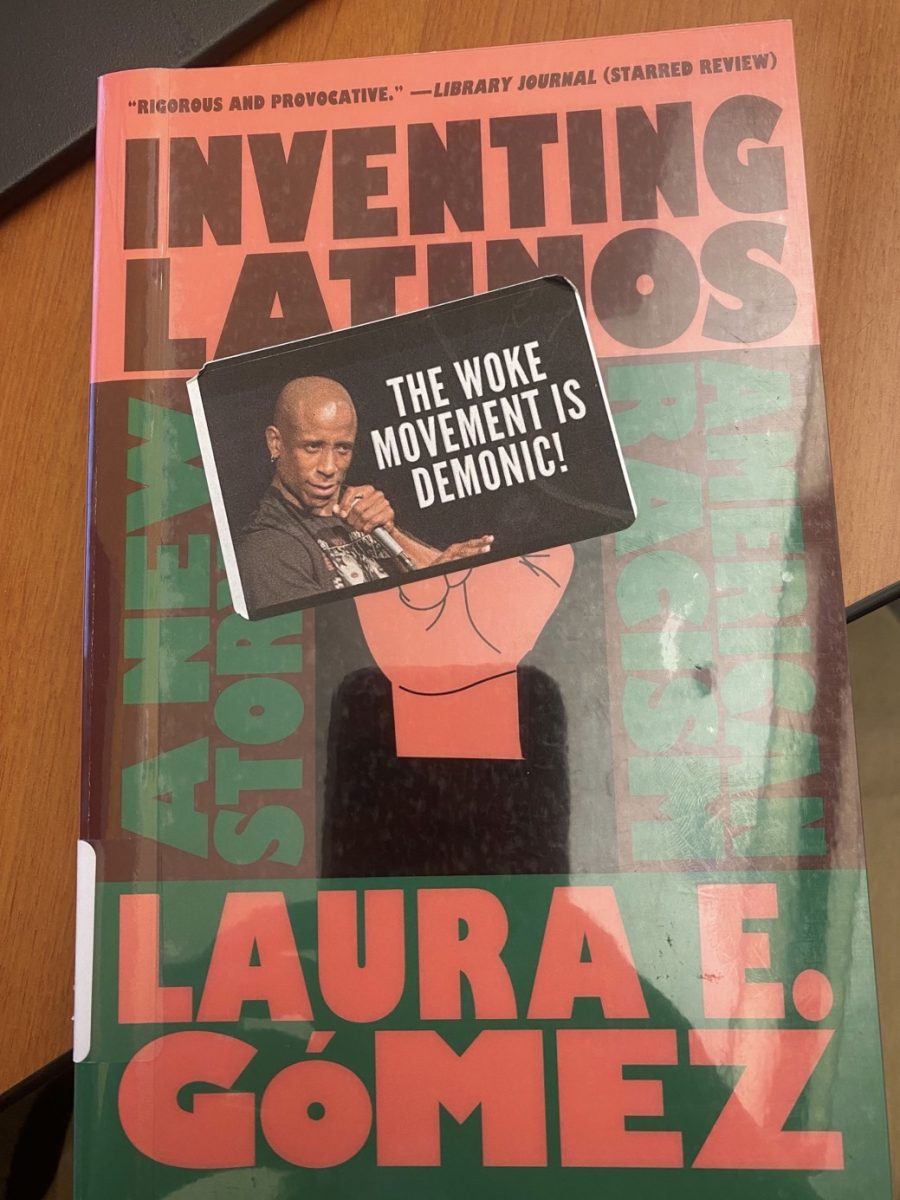The San Mateo County Community College District is facing a $15 million budget deficit and potential staff cuts of up to 200 if Gov. Gray Davis’ proposed 2003-2004 state budget passes, according to the district chancellor.
District Chancellor Ron Galatolo, who spoke in front of a packed audience at Skyline College on Feb. 4, expounded on the importance of “equity and balance in decisions” that might be made in reaction to a growing list of financial troubles.
“If these cuts are made, we will decimate education in San Mateo County,” said Galatolo. “I wish I didn’t have to come here today.”
Some of the cuts potentially include a 43 percent cut to Disabled Students Programs and Services (DSPS) and Extended Opportunity Programs and Services (EOPS), and a permanent 45 percent cut to the Partnership for Excellence Program–programs which directly affect economically-challenged and learning-disabled students. Other proposed cuts include a complete cut in aid to student health service programs as well as a loss of county property taxes for school funding.
But perhaps the largest cut looming in the district would be the cut of up to 200 staff positions, which would further ease the budget issue.
Galatolo made very clear that he would only use layoffs as a last-ditch attempt to ease the financial burden. With the help of Harry Joel, the district’s vice chancellor of human resources, Galatolo has come up with a list of “incentives” for retirement-age staff members, in order to eliminate positions without cuts.
Of these “incentives” there are three choices:
If you have reached your “magic 75,” and you are 55, you can retire with a $25,000 cash bonus. If you are 50, you can retire with a $20,000 cash bonus.
If you have reached your “magic 70,” then you can receive lifetime health benefits.
If you have not yet reached your retirement age, but voluntarily retire, you can get up to $1,000 per year worked in the district, going up to 10 years.
The “magic 75” and “magic 70” spoken of are, according to Joel, district terms that refer to a benefit plan that is based on the number of years an employee has worked in the district added to the employee’s age.
“If the number equals 75, then an employee can retire with full health benefits,” Joel said. “If you’re 55 and you’ve worked here for 20 years, you’re at 75. If you’re 50 and have worked here for 25 years, you’ve got it.”
Through the “incentives,” the district hopes to eliminate 80 to 100 positions, and, according to Galatolo, if this quota is not met, layoffs might ensue.
Also discussed was the proposed unit increase from $11 per unit to $24 per unit. Contrary to belief, the community college system does not get any of the money from the fee increase as it goes to the state.
Galatolo encouraged students to speak out, protest, and write to local politicians about the massive increase, for it will affect them directly.
“Start with the Governor,” Galatolo said. “Write to him about basic aid and the fee increase to $24. For many students, we are the last vestige of hope.”
Categories:
SMCCCD’s future grim; cuts inevitable
Elizabeth Sinclair-Smith
•
February 9, 2003
Story continues below advertisement
More to Discover








